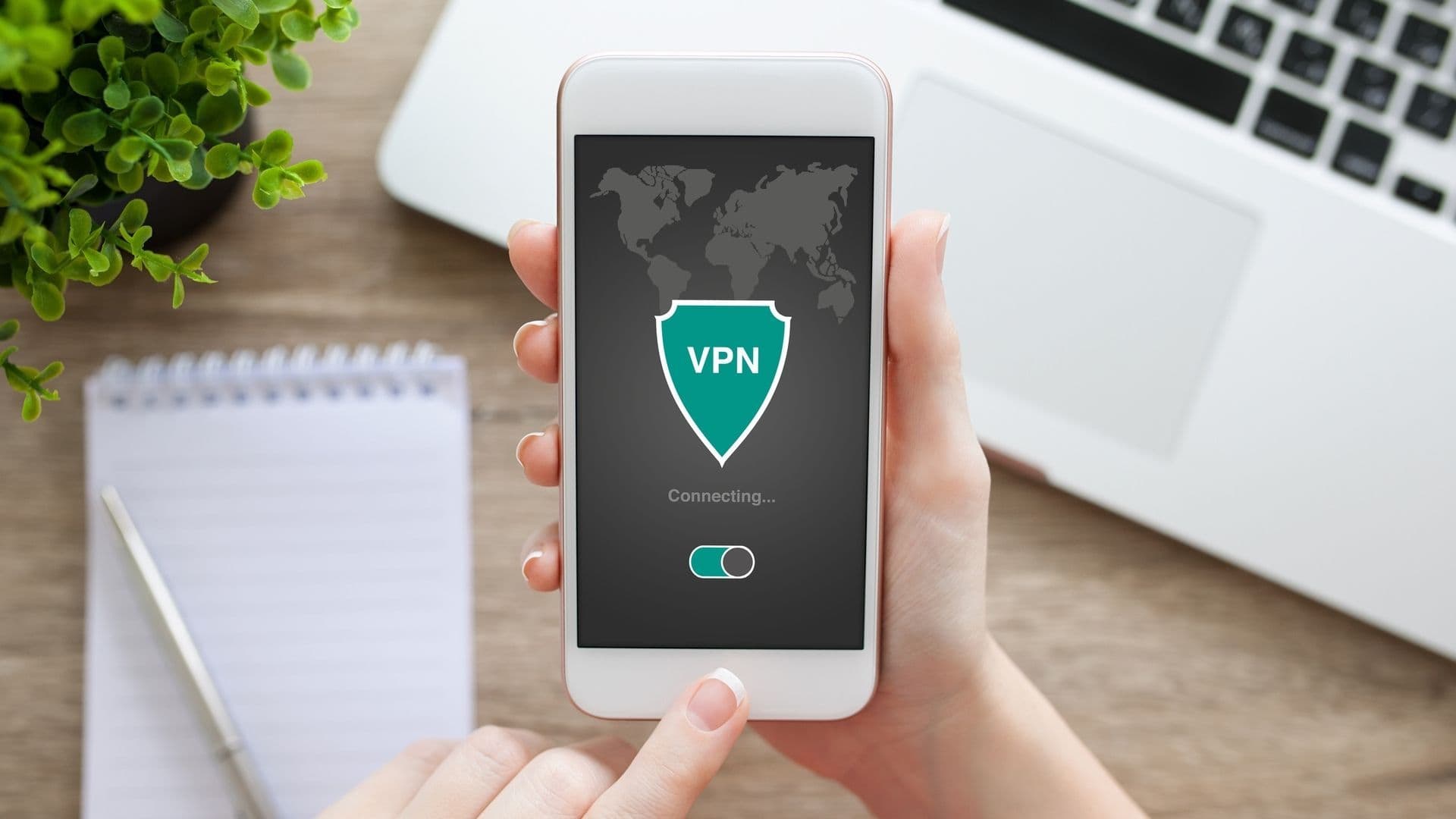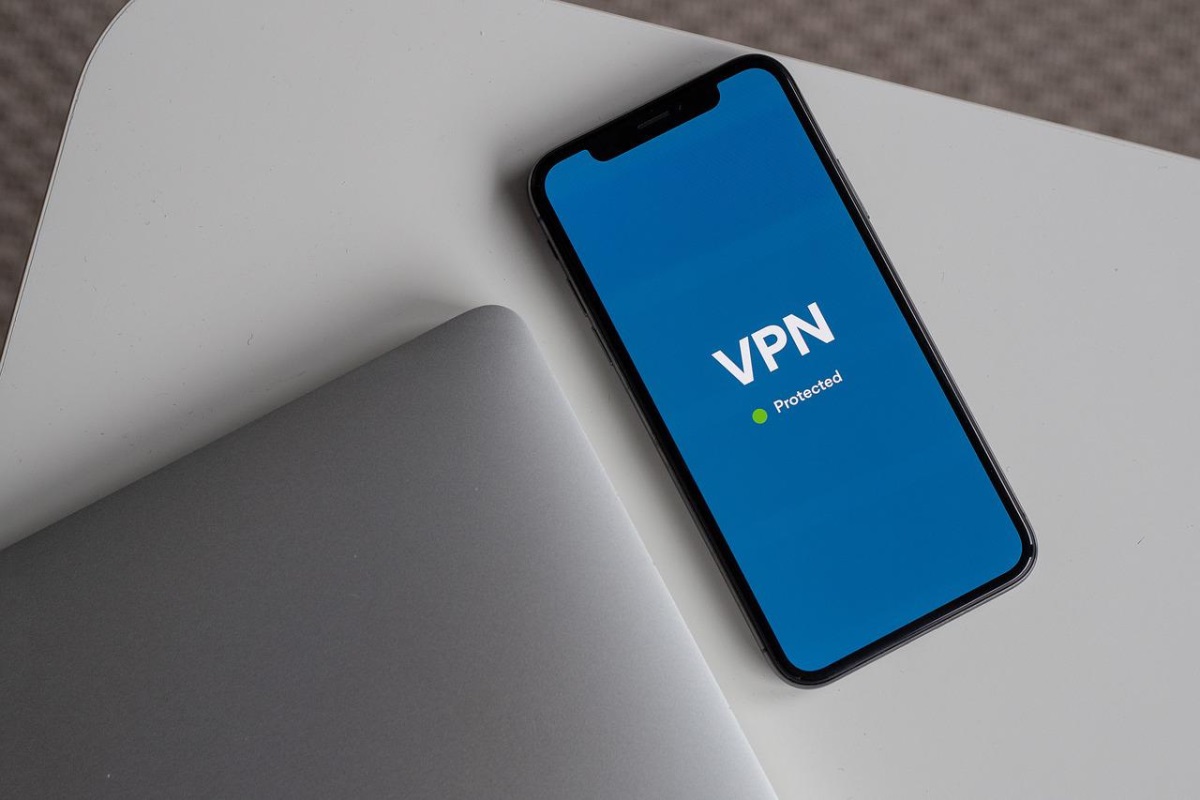Home>Software and Apps>How OpenVPN Works


Software and Apps
How OpenVPN Works
Modified: September 5, 2024
Learn how OpenVPN, a popular open-source software, works to secure your internet connection and protect your privacy. Explore its features and benefits for software and apps.
(Many of the links in this article redirect to a specific reviewed product. Your purchase of these products through affiliate links helps to generate commission for Techsplurge.com, at no extra cost. Learn more)
Table of Contents
Introduction to VPNs
Understanding VPNs is crucial before diving into OpenVPN specifics. A VPN creates a secure, encrypted "tunnel" between your device and a VPN server. This tunnel protects your internet traffic from being intercepted or monitored by third parties, such as your internet service provider (ISP), hackers, or government agencies.
Read more: How Does Chromecast Work
Key Components of OpenVPN
OpenVPN Server
The central component that manages VPN connections. It listens for incoming connections and authenticates users before establishing a secure tunnel.
OpenVPN Client
Software installed on the user's device (computer, smartphone, etc.) that connects to the VPN server. The client software handles the encryption and decryption of data.
Certificates and Keys
OpenVPN uses public-key cryptography to secure the connection. Each user and server have their own certificate and private key, which are used for authentication and encryption.
Read more: How Does Augmented Reality Work
Protocols
OpenVPN supports multiple protocols, including TCP (Transmission Control Protocol) and UDP (User Datagram Protocol). TCP is more reliable but slower, while UDP is faster but less reliable.
Encryption
OpenVPN uses strong encryption algorithms such as AES (Advanced Encryption Standard) to protect data in transit. The default encryption method is AES-256-CBC.
Setting Up an OpenVPN Connection
Obtaining the Configuration File
The first step is to obtain the OpenVPN configuration file (.ovpn). This file contains the necessary settings for connecting to the VPN server, including the server address, port number, and encryption settings.
Read more: What Is OpenVPN
Installing OpenVPN Software
Install the OpenVPN client software on your device. This can be done through various package managers like apt-get on Linux or Homebrew on macOS.
Importing the Configuration File
Once installed, import the .ovpn configuration file into the OpenVPN client software. This can usually be done by dragging and dropping the file into the client interface or by manually entering the settings.
Starting the Connection
After importing the configuration file, start the VPN connection by clicking the "Connect" button. The client will establish a secure connection with the VPN server.
Authentication
During the connection process, you may be prompted to authenticate using a username and password or by providing a certificate and private key.
Read more: How Does Bitdefender VPN Work
Encryption and Tunnel Establishment
Once authenticated, the client and server negotiate the encryption settings and establish a secure tunnel using the chosen protocol (TCP or UDP).
Data Transfer
Once the tunnel is established, all internet traffic from your device is routed through the VPN server, ensuring that your data is encrypted and protected from interception.
How OpenVPN Works Under the Hood
Handshake
When you start the OpenVPN client, it initiates a handshake with the VPN server. This involves exchanging cryptographic keys and certificates to establish trust.
Read more: How Does Opera VPN Work
Key Exchange
During the handshake, both the client and server agree on a set of cryptographic keys that will be used for encryption and decryption. This is typically done using Diffie-Hellman key exchange or Elliptic Curve Diffie-Hellman (ECDH).
Certificate Verification
The client verifies the server's certificate to ensure it is legitimate and not tampered with. This verification process involves checking the server's public key against its digital signature.
Authentication
Depending on the configuration, you may need to authenticate yourself using a username and password or by providing a certificate and private key.
Encryption Initialization
Once authenticated, the client and server initialize the encryption process using the agreed-upon cryptographic keys.
Read more: How Does Norton VPN Work
Data Encryption
All data transmitted between your device and the VPN server is encrypted using AES-256-CBC by default. The encrypted data is then sent over the internet through the established tunnel.
Decryption at the Server
When the encrypted data reaches the VPN server, it is decrypted using the same cryptographic keys.
Routing Traffic
The decrypted data is then routed through the VPN server to its final destination on the internet.
Return Traffic
When data is sent back from the internet to your device, it follows the same path but in reverse. The data is encrypted at the VPN server and decrypted at your device.
Read more: How Does Google Authenticator Work
Advanced Features of OpenVPN
Multi-Protocol Support
OpenVPN supports multiple protocols like TCP and UDP, allowing users to choose the best protocol based on their needs.
Tunnel Mode vs. Tap Mode
Tunnel mode encapsulates the original IP packet inside a new IP packet, making it suitable for site-to-site VPNs. Tap mode, on the other hand, creates a virtual network interface (tap interface) that allows raw IP packets to be transmitted directly.
Compression and Encryption
OpenVPN supports various compression algorithms to reduce the size of data packets before encryption, which can improve performance over high-latency connections.
Read more: Effortlessly Set Up OpenVPN on Ubuntu
Split-Tunneling
This feature allows certain traffic to bypass the VPN tunnel, which can be useful for applications that require direct access to the internet without going through the VPN.
Load Balancing and Failover
OpenVPN supports load balancing and failover configurations, ensuring that connections remain stable even if one or more servers fail.
User Authentication Methods
OpenVPN supports various authentication methods including username/password, certificate-based authentication, and even two-factor authentication.
Security Considerations
Read more: Why Is VPN Not Working On My Phone
Certificate Management
Proper management of certificates and keys is crucial to maintaining the security of your VPN connection. Expired or compromised certificates can lead to security breaches.
Regular Updates
Keeping your OpenVPN software up-to-date with the latest patches and updates is essential to fix any known vulnerabilities.
Secure Configuration
Ensuring that your configuration file is secure and not accessible to unauthorized users is vital. This includes using strong passwords and proper permissions.
Logging and Auditing
Regularly reviewing logs and audit trails can help identify potential security issues early on.
Network Segmentation
Segmenting your network into different zones can help limit the impact of a breach if one occurs.
OpenVPN is a powerful tool for creating secure and encrypted connections over the internet. Its flexibility, advanced features, and strong encryption make it a popular choice among individuals and organizations alike. By understanding how OpenVPN works under the hood, users can better appreciate its capabilities and ensure that their VPN connections remain secure and reliable.







